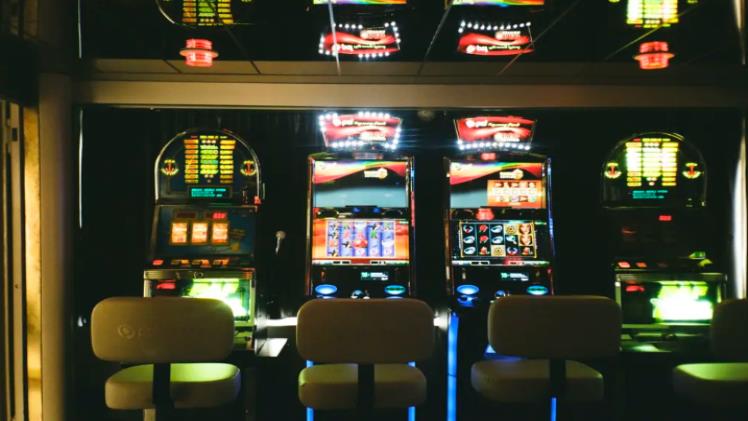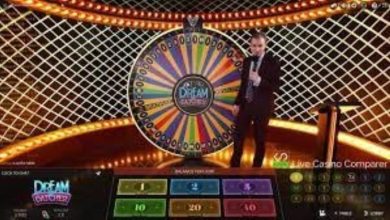The Impact of Color Theory on Prediction Game Outcomes

Color theory is a fascinating field that explores how colors interact and the psychological effects they have on people. While it is primarily associated with art, design, and marketing, color theory also plays an intriguing role in the outcomes of color prediction games. Understanding how color theory influences player behavior and game design can offer valuable insights into why these games are so compelling and how they can be strategically approached.
The Psychological Influence of Colors
Color theory delves into the psychological impact of different colors, which can significantly affect a player’s decisions and perceptions during a game. Each color can evoke specific emotions and responses:
- Red: Often associated with excitement, energy, and urgency, red can create a sense of immediacy and high stakes. Players might feel more adrenaline and eagerness when red is involved.
- Blue: Known for its calming effect, blue can instill a sense of tranquility and stability. Players might feel more relaxed and deliberate in their choices when blue is a prominent color.
- Green: Associated with growth, balance, and tranquility, green can evoke feelings of calmness and positivity, potentially making players more optimistic about their chances.
- Yellow: Symbolizing happiness and energy, yellow can uplift spirits and instill a sense of joy and hope, possibly making players feel more confident in their guesses.
Color Combinations and Player Perceptions
The combination of colors used in prediction games can also influence player perceptions and behaviors. The contrast and harmony between colors can affect how players interpret their odds and make decisions:
- High Contrast Combinations: Colors that contrast sharply, like red and green or blue and yellow, can heighten attention and make the game visually stimulating. This can lead to quicker decision-making and a heightened sense of excitement.
- Harmonious Combinations: Colors that are harmonious, such as blue and green or yellow and orange, can create a more soothing visual experience. This might encourage more thoughtful and less impulsive decisions.
The Role of Color Patterns
Color patterns and sequences used in games can tap into the human brain’s natural tendency to recognize and predict patterns. This can influence how players perceive their chances of winning:
- Sequential Patterns: If a game shows a sequence of colors (e.g., red, blue, green, red, blue), players might subconsciously look for patterns and make predictions based on these perceived trends, even if the outcomes are random.
- Random Patterns: Completely random color presentations can make the game more challenging and keep players guessing, relying on their intuition and luck rather than perceived patterns.
Emotional Responses and Decision Making
Emotions play a significant role in decision-making processes, and colors can significantly impact a player’s emotional state:
- Positive Emotions: Colors that evoke positive emotions, such as yellow and green, can make players feel more optimistic about their choices, potentially leading to riskier bets and more engagement.
- Negative Emotions: Colors associated with negative emotions, like dark reds or dull greys, can create feelings of anxiety or caution, leading to more conservative gameplay and smaller bets.
Cultural and Individual Differences
Cultural and individual differences also play a crucial role in how color theory impacts prediction game outcomes. Different cultures have varying associations with colors, which can influence how players from different backgrounds react to the same game:
- Cultural Associations: In Western cultures, white is often associated with purity and positivity, while in some Eastern cultures, it can be associated with mourning. These cultural nuances can influence player emotions and decisions.
- Personal Preferences: Individual preferences and experiences with colors can also affect how players perceive and interact with the game. Personal favorite colors might evoke more positive emotions, leading to a more enjoyable and engaging experience at 911 wins app.
Game Design and Color Theory
Game designers can leverage color theory to enhance the gaming experience and influence player behavior:
- Color Selection: Choosing colors that evoke the desired emotional responses can make the game more engaging and enjoyable for players. For instance, using bright and vibrant colors can make the game feel more exciting.
- User Interface Design: Thoughtful use of color in the user interface can improve clarity and usability, making the game more intuitive and less frustrating to play.
- Reward and Feedback Mechanisms: Using color to provide feedback (e.g., green for correct predictions, red for incorrect) can reinforce learning and improve the overall player experience.
Conclusion
The impact of color theory on prediction game outcomes is a multifaceted and intriguing aspect that blends psychology, design, and cultural understanding. By recognizing how different colors and their combinations affect emotions, perceptions, and decisions, both players and game designers can gain deeper insights into the dynamics of color prediction games. This understanding can lead to more strategic gameplay and the creation of more engaging and enjoyable gaming experiences.





